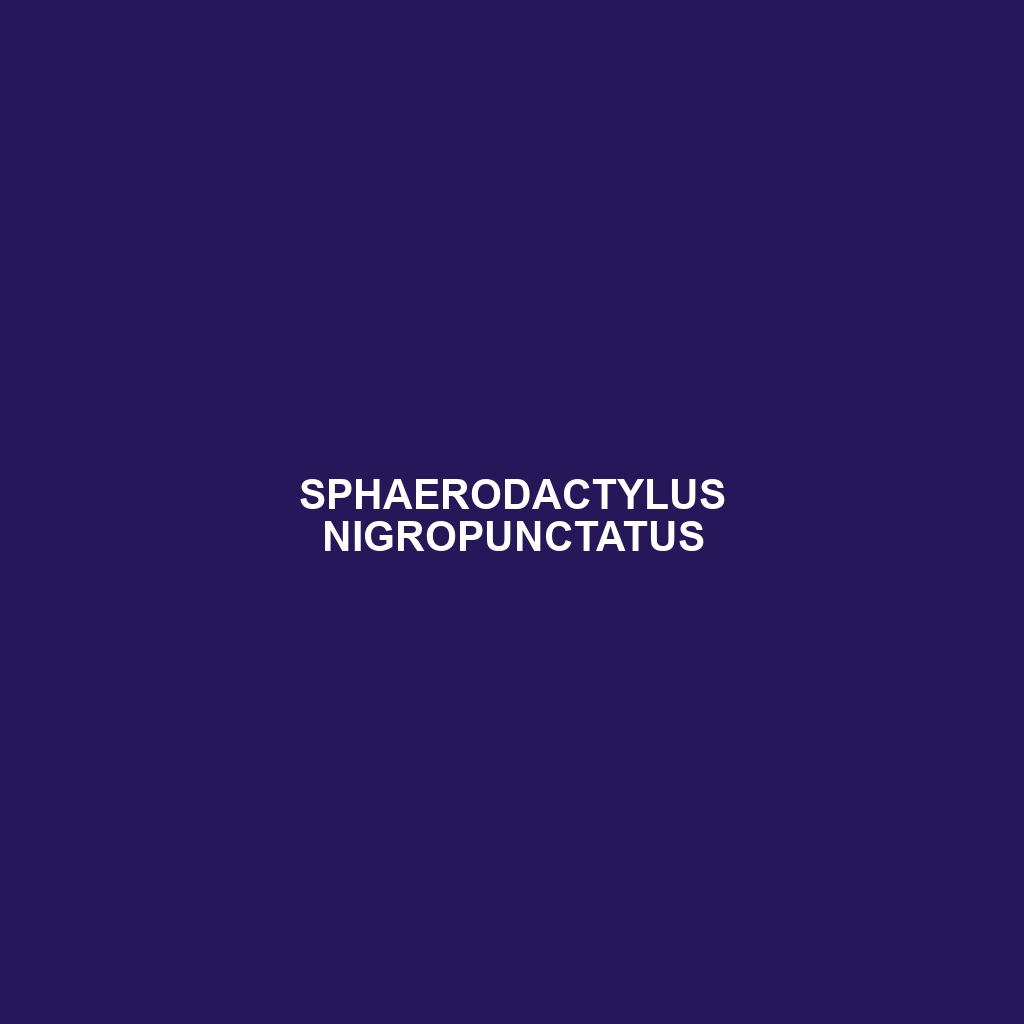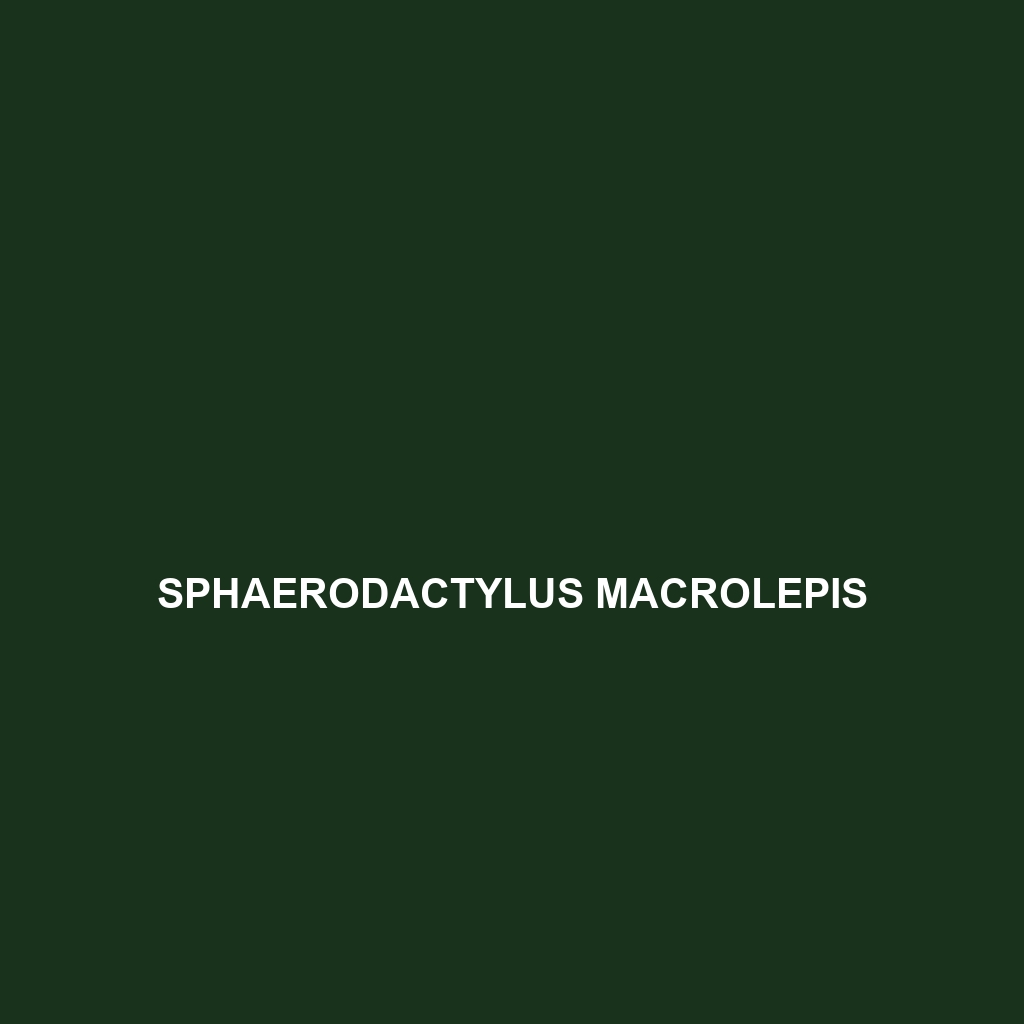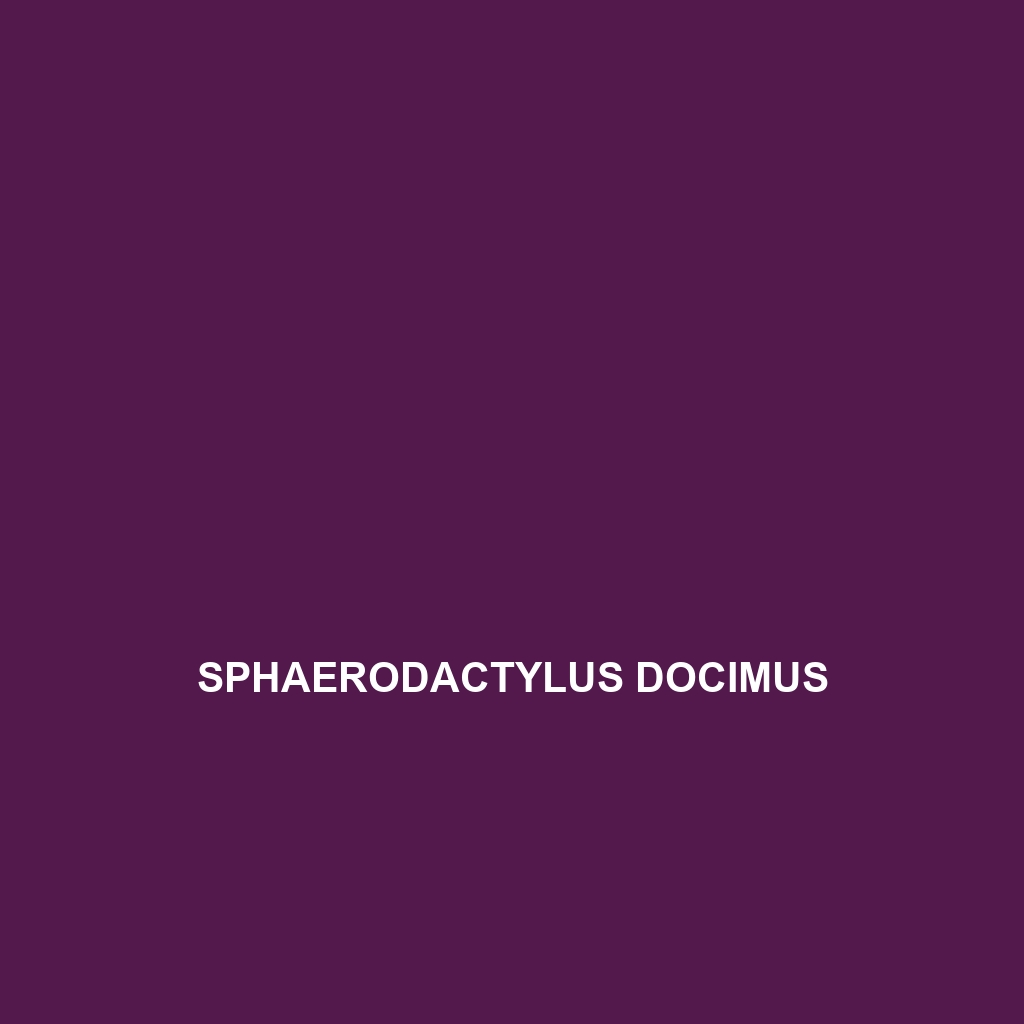Discover the fascinating Saban gecko (Sphaerodactylus sabanus), a small insectivore thriving in the tropical habitats of the Bahamas. With its impressive climbing abilities and unique adaptations, this nocturnal reptile plays a vital role in controlling insect populations while adapting to diverse environments.
Tag: climbing geckos
Sphaerodactylus richardsonii
Richardson's Least Gecko (Sphaerodactylus richardsonii) is a small, nocturnal insectivore found in the Caribbean's tropical habitats, known for its slender body, specialized toe pads, and remarkable tail regeneration. This gecko plays a vital role in regulating insect populations, contributing to the balance of its ecosystem.
Sphaerodactylus parkeri
<p><b>Sphaerodactylus parkeri</b>, commonly known as Parker's gecko, is a small, nocturnal insectivore native to the tropical environments of the Caribbean, particularly Puerto Rico. This agile gecko, measuring 3 to 4 inches in length, is characterized by its distinctive flattened head, vibrant skin coloration, and specialized toe pads, making it an adept climber in its lush habitat.</p>
Sphaerodactylus nigropunctatus
Discover the fascinating Sphaerodactylus nigropunctatus, or black-spotted pygmy gecko, a small, nocturnal lizard native to the humid rainforests of the Caribbean. With its striking light brown body adorned with black spots and strong climbing abilities, this unique insectivore plays a vital role in maintaining the ecological balance of its habitat.
Sphaerodactylus macrolepis
Sphaerodactylus macrolepis is a nocturnal gecko native to the Caribbean, known for its large overlapping scales and slender body measuring 7 to 10 centimeters. This insectivore thrives in tropical habitats, playing a crucial role in ecosystem balance by controlling insect populations while exhibiting fascinating behaviors like tail regeneration and gliding locomotion.
Sphaerodactylus docimus
Antiguan Sphaero (Sphaerodactylus docimus) is a small, agile gecko native to the Caribbean island of Antigua, measuring 6 to 10 cm with smooth, shiny scales for effective camouflage. Primarily nocturnal, this insectivorous species plays a crucial role in controlling pest populations while thriving in diverse habitats, including coastal areas and dry forests.
Ptyodactylus hasselquistii
<p><b>Ptyodactylus hasselquistii</b>, or Hasselquist's gecko, is a nocturnal insectivore found in North Africa and the Middle East, known for its distinctive sand-colored skin and adhesive toe pads that enable climbing. This species thrives in arid habitats, exhibiting unique behaviors such as territorial marking and tail regeneration for predator evasion.</p>
Ptyodactylus hasselquistii
<p><b>Ptyodactylus hasselquistii</b>, or Hasselquist's gecko, is a nocturnal insectivore found in North Africa and the Middle East, known for its distinctive sand-colored skin and adhesive toe pads that enable climbing. This species thrives in arid habitats, exhibiting unique behaviors such as territorial marking and tail regeneration for predator evasion.</p>
Phyllodactylus rutteni
Introducing the Phyllodactylus rutteni, a striking gecko known for its nocturnal behavior and adaptability across tropical and subtropical habitats. With its impressive climbing skills, unique coloration for effective camouflage, and role as both a predator and prey, this species is essential for maintaining ecological balance.
Phyllodactylus paralepis
Phyllodactylus paralepis, commonly known as the Parallelepiped Gecko, thrives in tropical regions of Central America, showcasing distinctive earthy coloration, exceptional climbing abilities with adhesive toe pads, and a nocturnal, insectivorous diet. This species plays a crucial role in controlling insect populations, contributing to the overall health of their ecosystems.









